The winter season is upon us, and with it comes a plethora of snow.
Ever wondered how many snowflakes fall every year? We’re talking about 1 septillion—or one followed by 24 zeros! That’s an unfathomable amount to say the least. If you were to count at 100 flakes per second for eight hours each day, it would take more than 20 million years just to reach that number (and counting). You might be surprised what else lies beneath all this white peace; read on as we explore 30 facts about winter in hopes of warming your heart up during these frigid months ahead.
1. On January 28, 1887, a gigantic snowflake fell in Fort Keogh Montana. It measured 8 inches long and 15 inches wide with the Guinness Book of World Records confirming it as one of the largest observed snowflakes ever seen before.
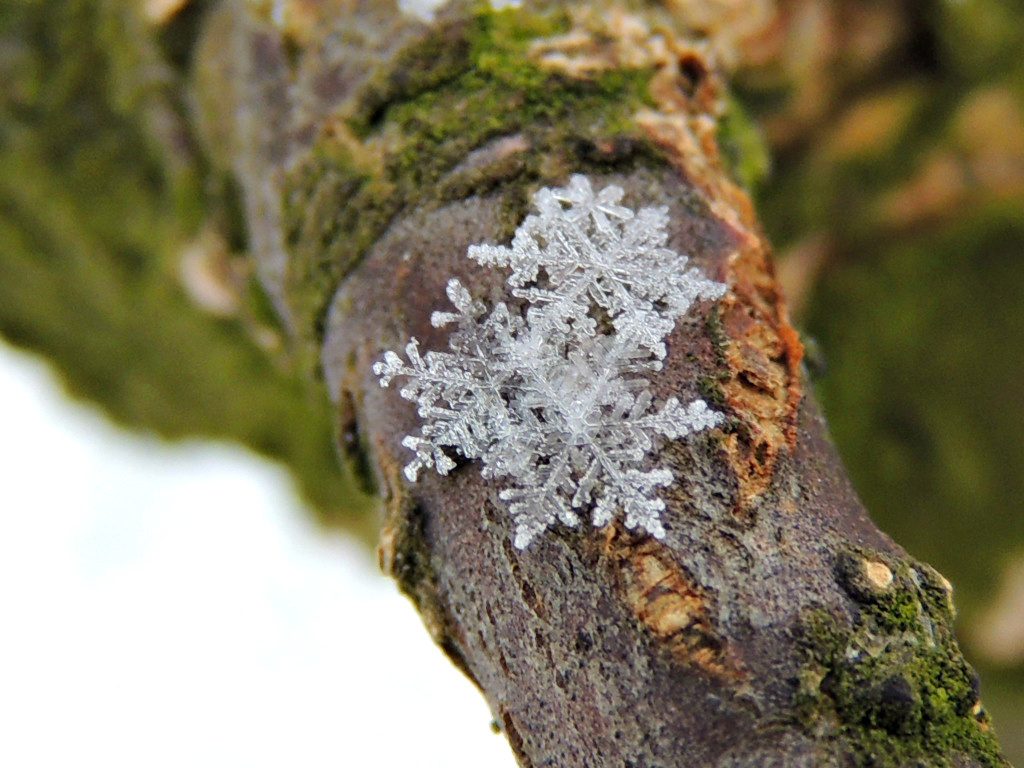
2. The Weta is a strange little creature from New Zealand that spends the winter frozen solid. When spring comes, it thaws out and goes back to its regular business of scavenging for food on nearby plants.
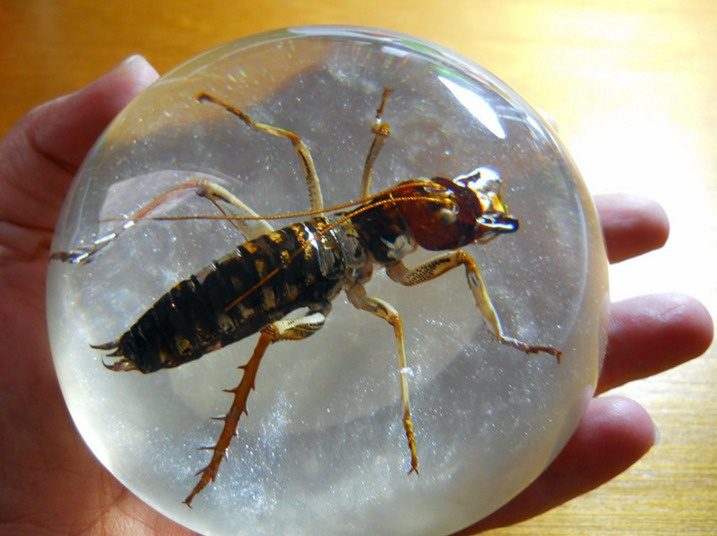
3. The largest snowman ever built was 113 feet tall and stood in Bethel, Maine. The average height of a grown man is 5 ft 9 inches so the giant creature would be nearly 8 times their size!
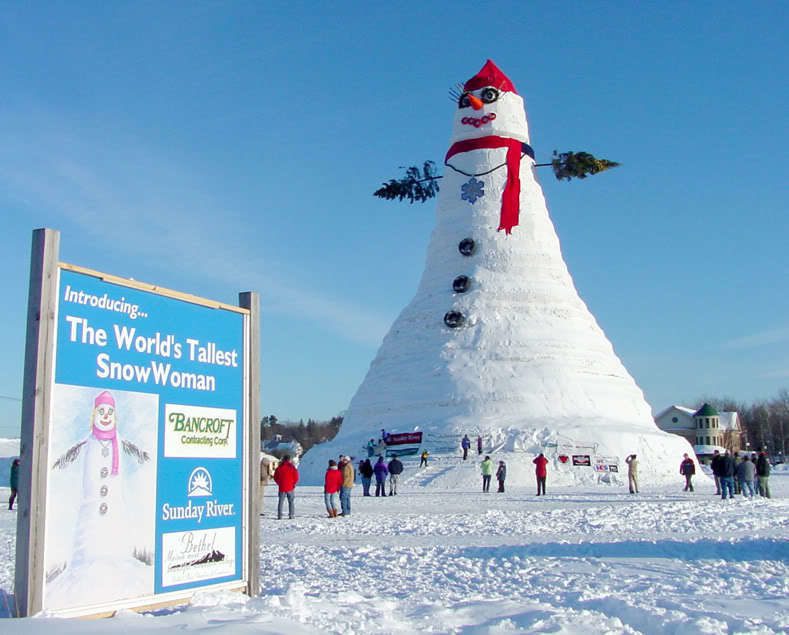
4. On February 17, 2007, a group of 8962 students from several schools simultaneously made snow angels in Bismarck North Dakota.

5. It’s hard to imagine, but a huge snowstorm can drop a whopping 39 million tons of snowy precipitation.
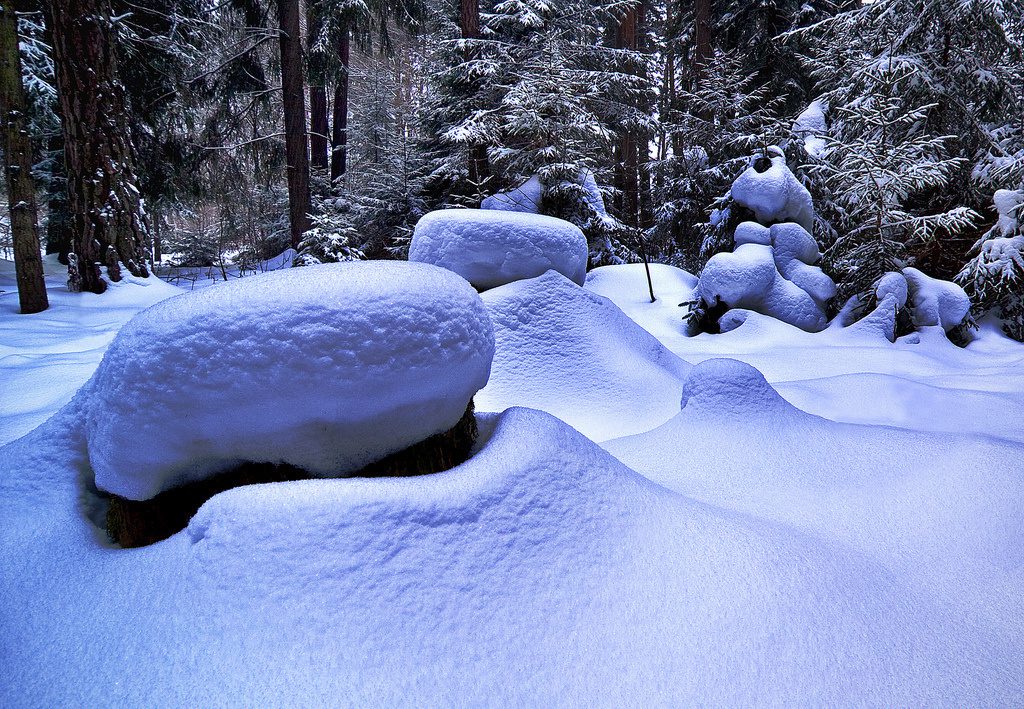
6. The Chinese plum is one of the most fascinating plants in this world. The blossoms that bloom on these trees come to symbolize hope, perseverance, beauty, and purity because they are so rare among other flowers blooming in wintertime. It’s said by many scholars that some classic pieces of poetry were written about it due to its rarity during a season when everything else seems dead or dying
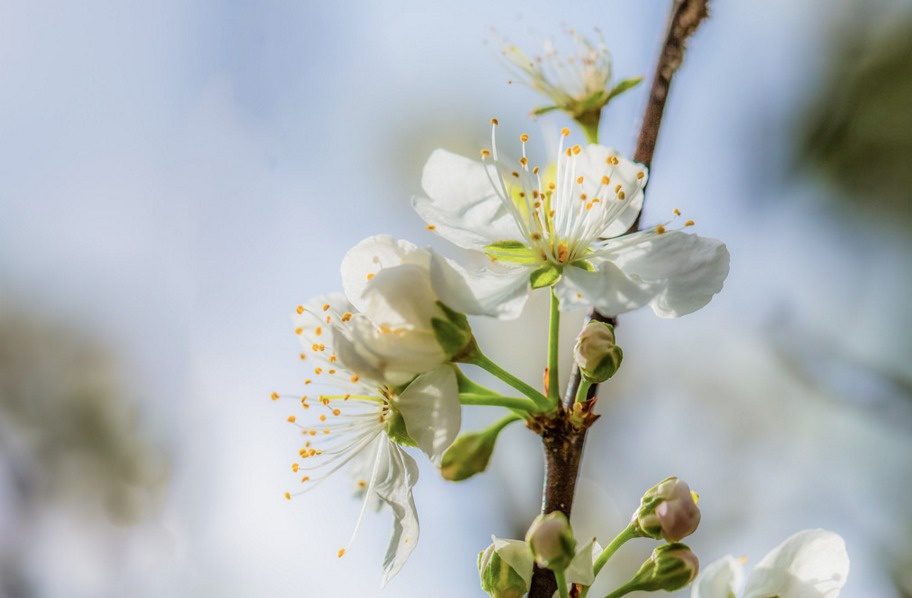
7. The cold of winter is more deadly than the heat at any other season. Winter kills about twice as many Americans annually, with deaths related to respiratory diseases and heart disease in particular on the rise due to low temperatures
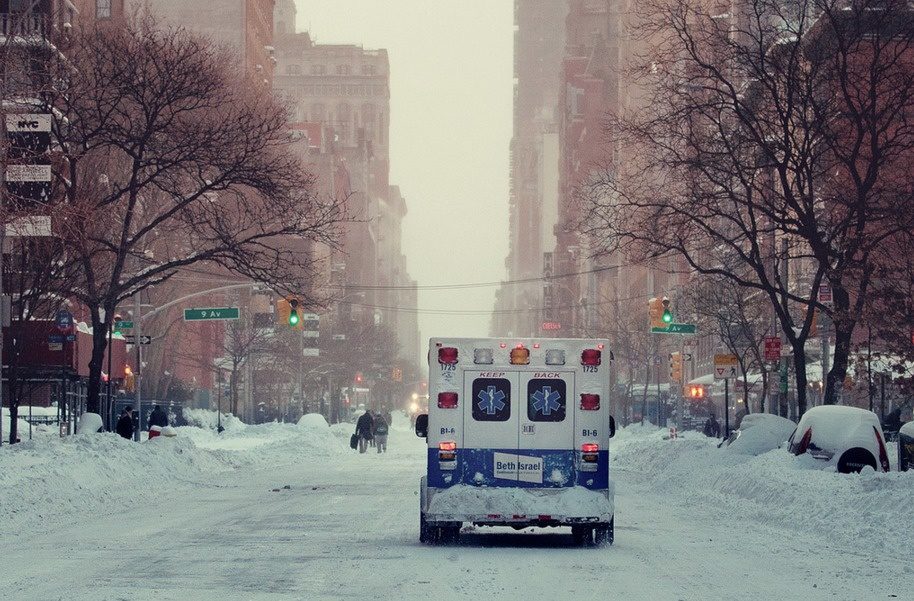
8. Chionophobia is the fear of snow, and some people have this phobia because they believe that it will turn them into a snowman.
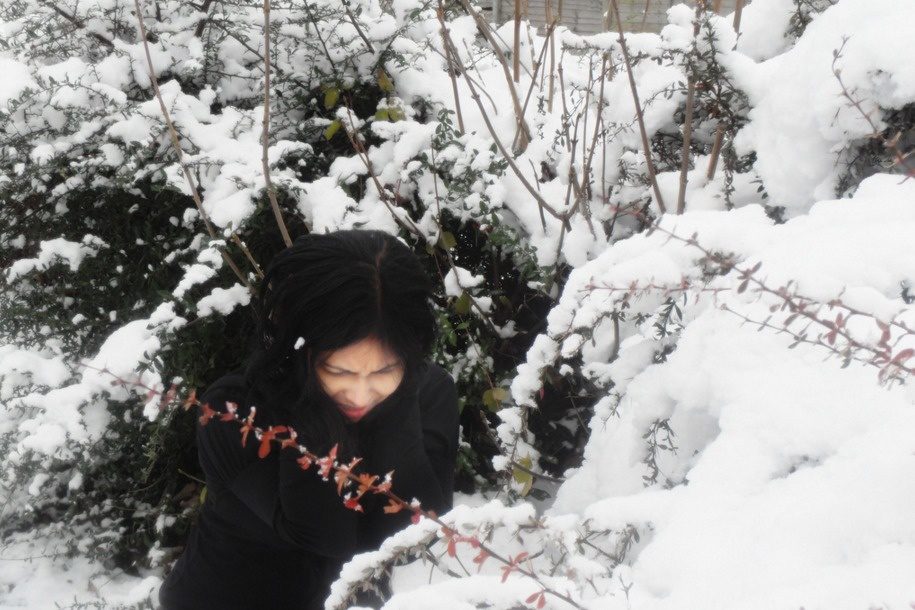
9. The snow’s transformation into water is a very gradual process. The 10 inches of solid ice will gradually melt down to about one inch, and the remaining nine inches in liquid form will be lost as runoff or evaporate from direct contact with sunlight.
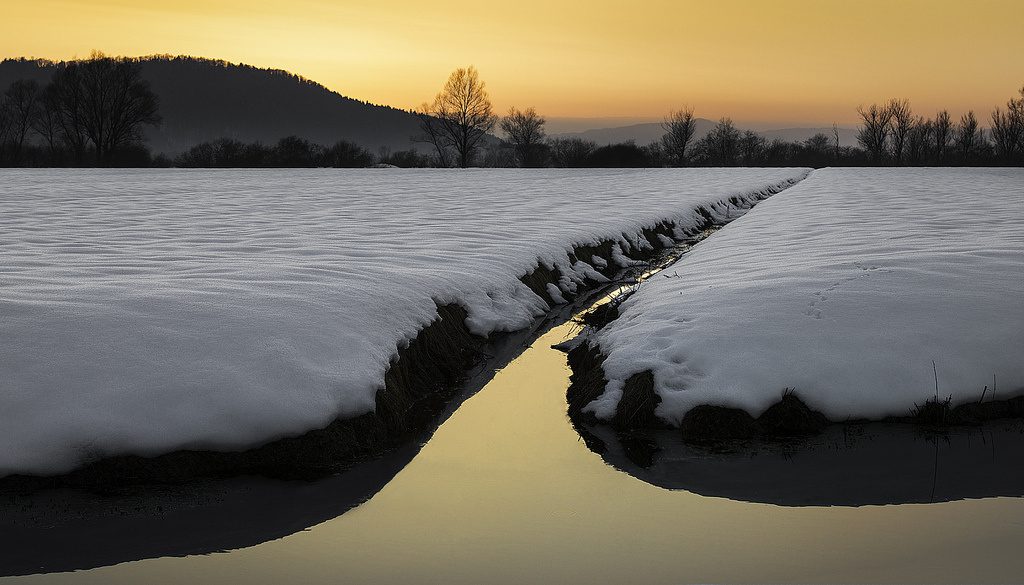
10. Animals have since evolved to find their own ways of adapting during the winter. Some animals migrate, some hibernate or store food- others grow thicker fur for insulation.
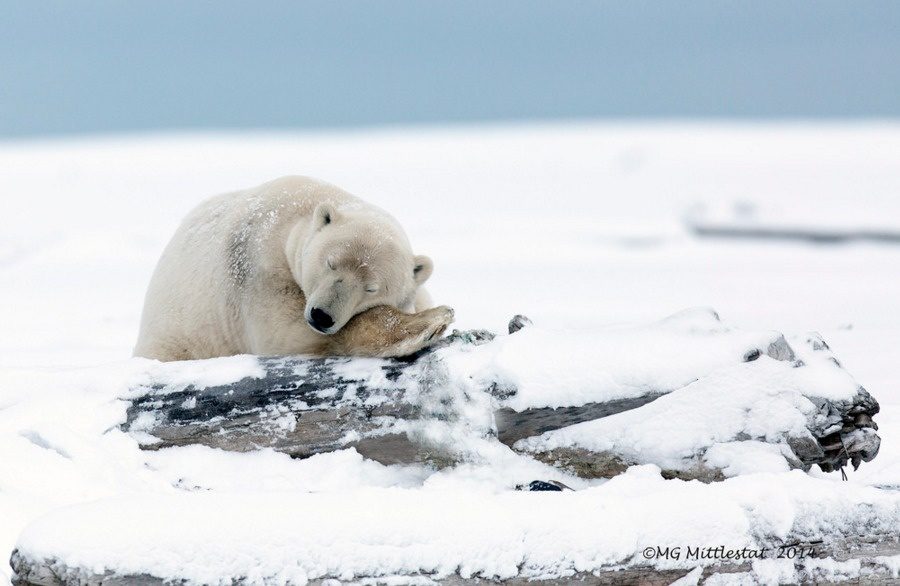
11. The town of Silver Lake in Colorado was buried under six feet worth of snow in a 24-hour period during the winter in 1921.
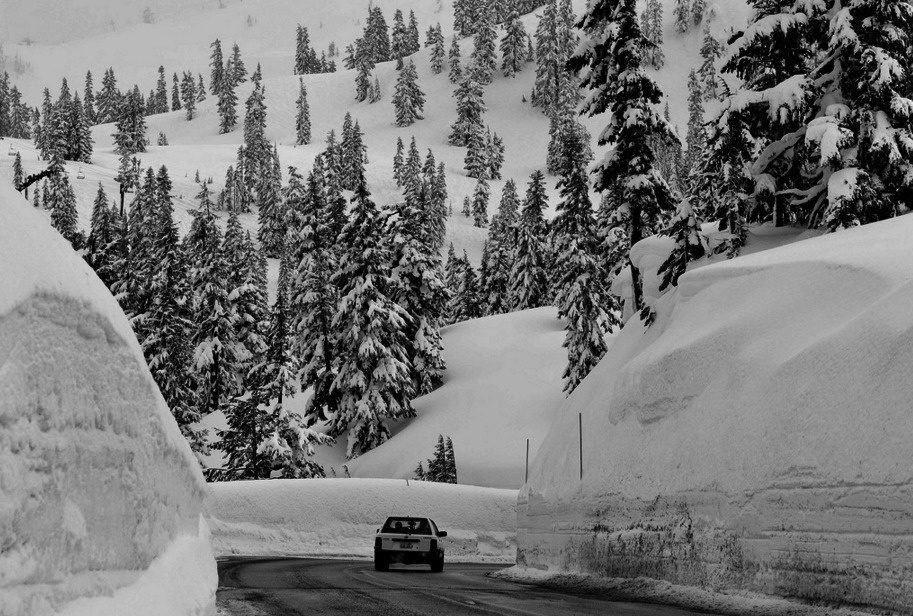
12. Snow flakes are unique. No two snowflakes have the same shape, size, or pattern of 6 sides in their perfect form.
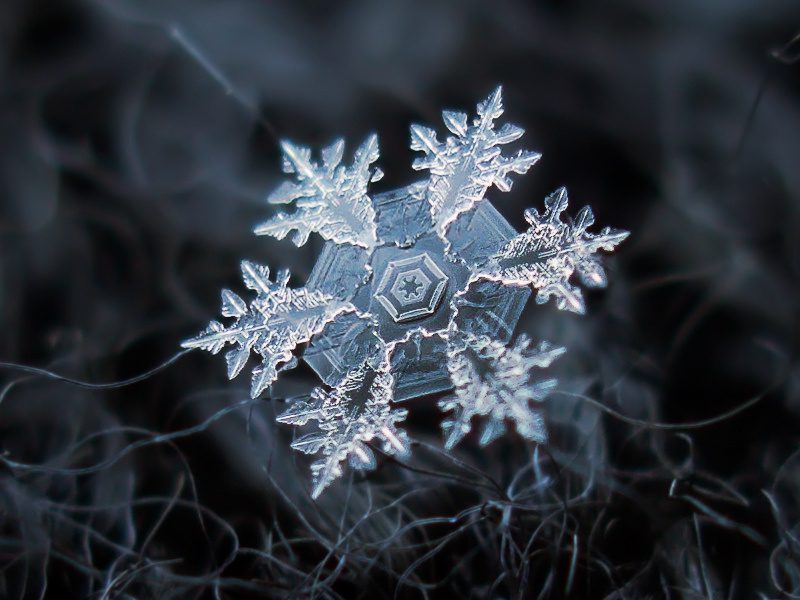
13. The average snowflake falls at a rate of 3.1 miles per hour, but can be as fast or slow in different climates and with more than one type of precipitation happening simultaneously!
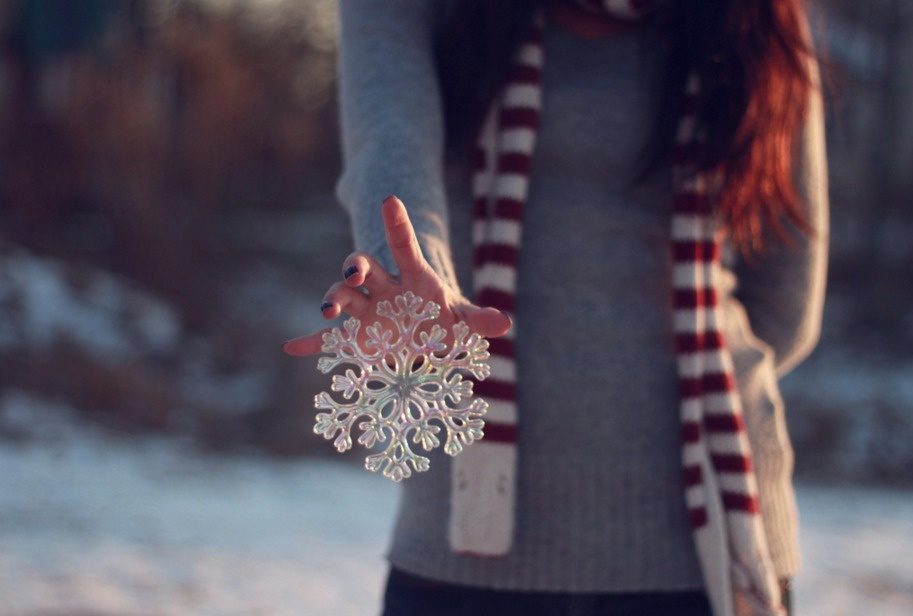
14. Rochester is the city with snow. In fact, it’s said to be one of the largest cities in America that receives 94 inches on average every year!
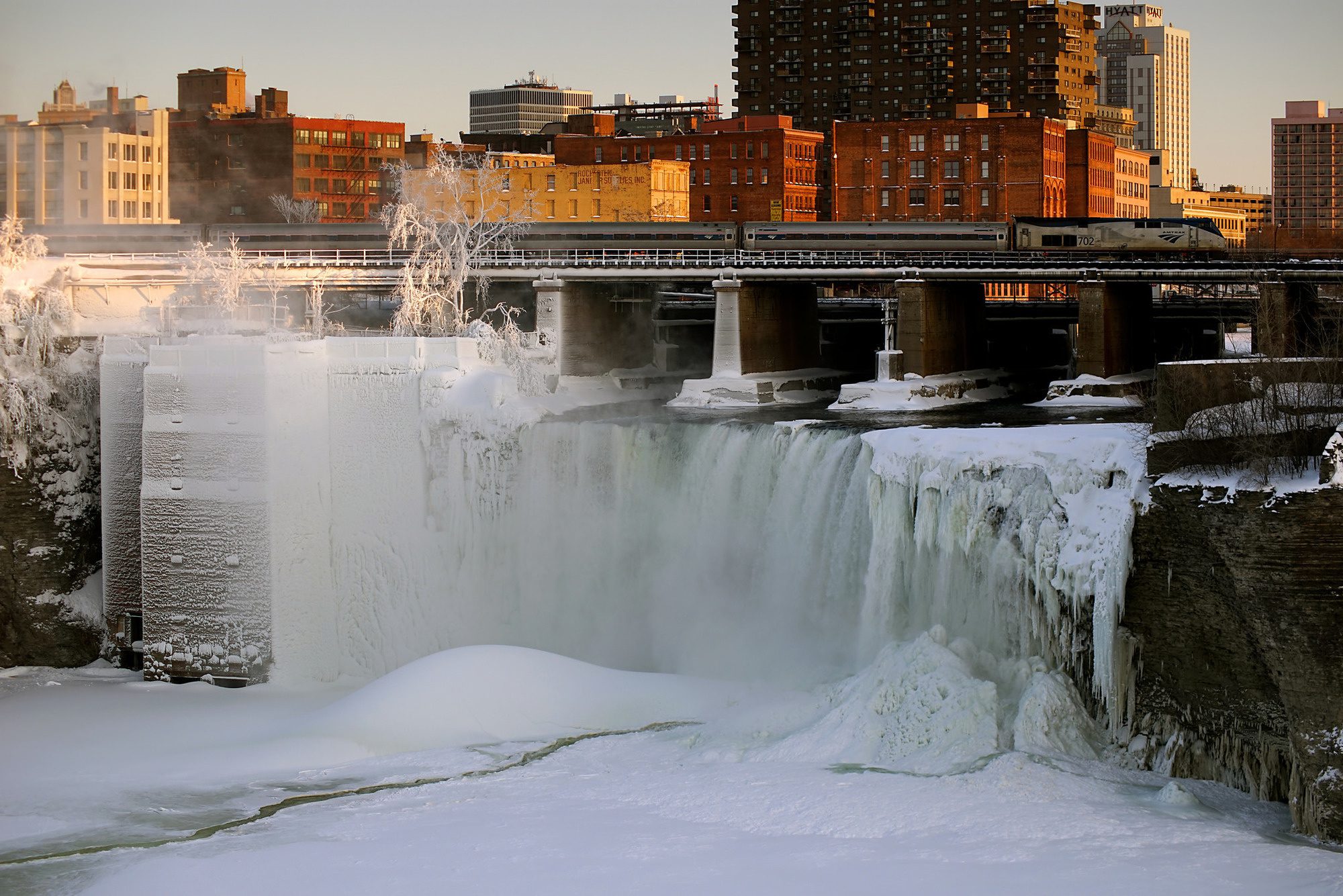
15. The number of people who die in accidents on the road every year is staggering. Over $2 billion dollars are spent each and every year just to make sure that we’re able to drive safely. This includes salt, trucks, plows, and other things necessary for us not only to be safe but also to go where we need to get there quickly!
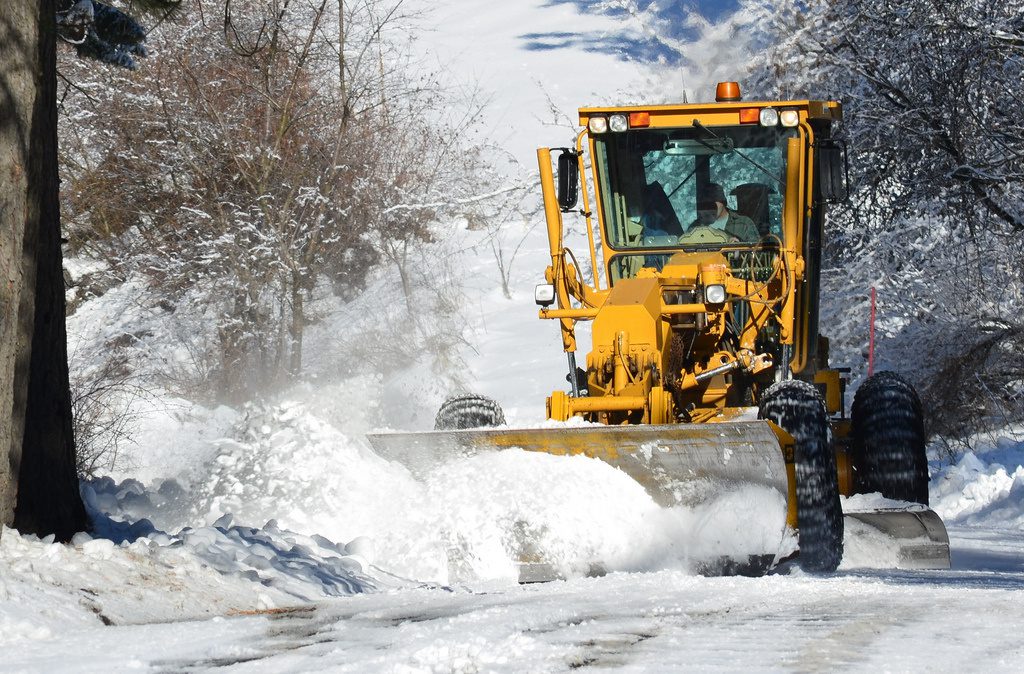
16. The coldest temperature ever recorded was a whopping -128.6 degrees Fahrenheit, which is the equivalent of just under 200 Celsius (-320F). Naturally it happened in Antarctica where there’s nothing but ice to keep you warm.
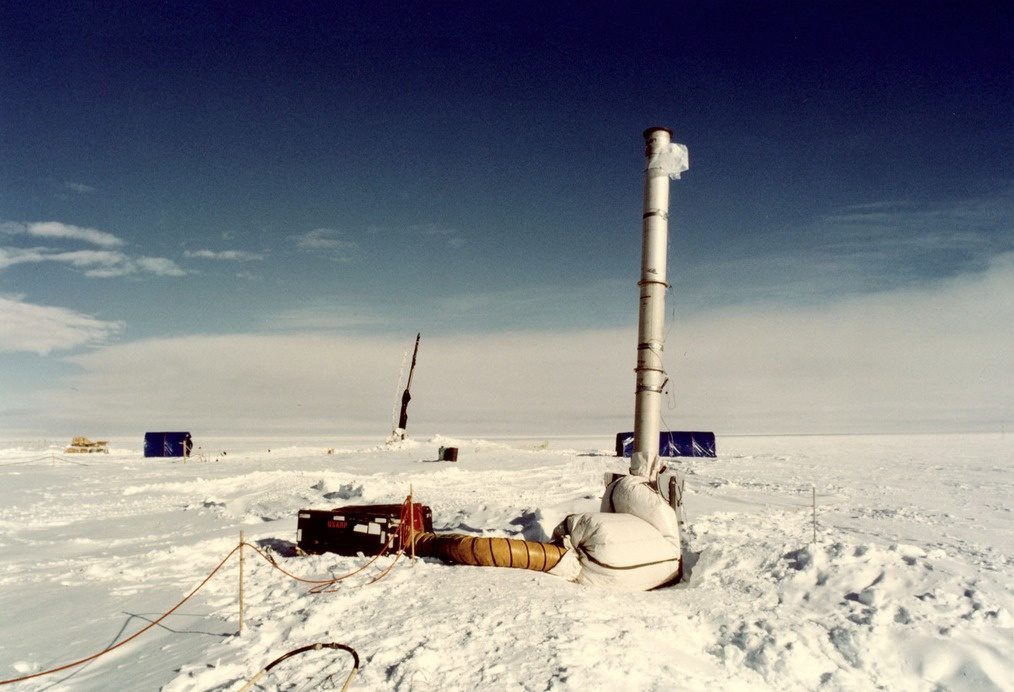
17. Winter is a time of change. Some animals, like the arctic fox and barren-ground caribou, alter their fur color to blend in with snow for protection from predators such as wolves or bears during this season when it’s harder to find food.
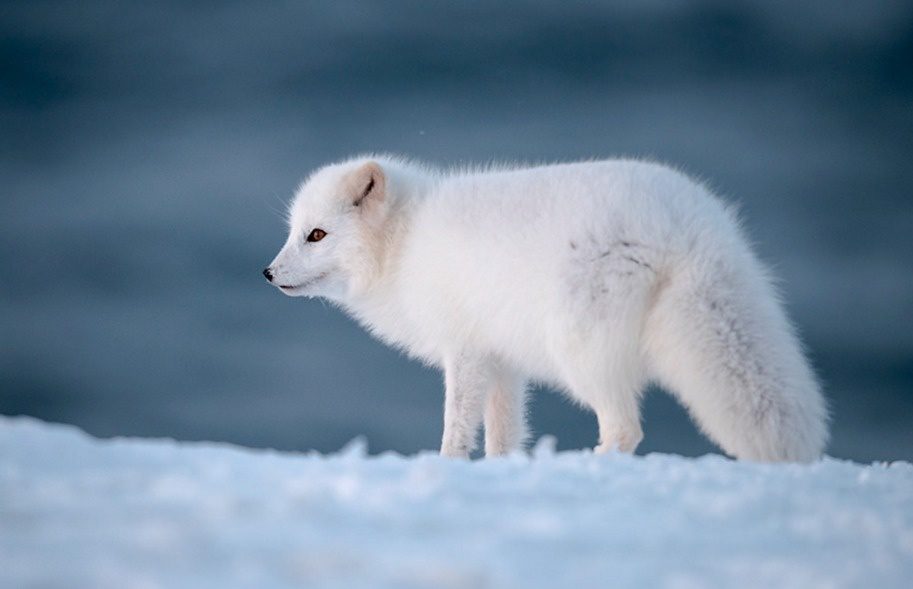
18. Nine percent of U.S. conceptions happen in December making it the most popular time for new parents to conceive a baby – and early winter is when they’re at their peak!
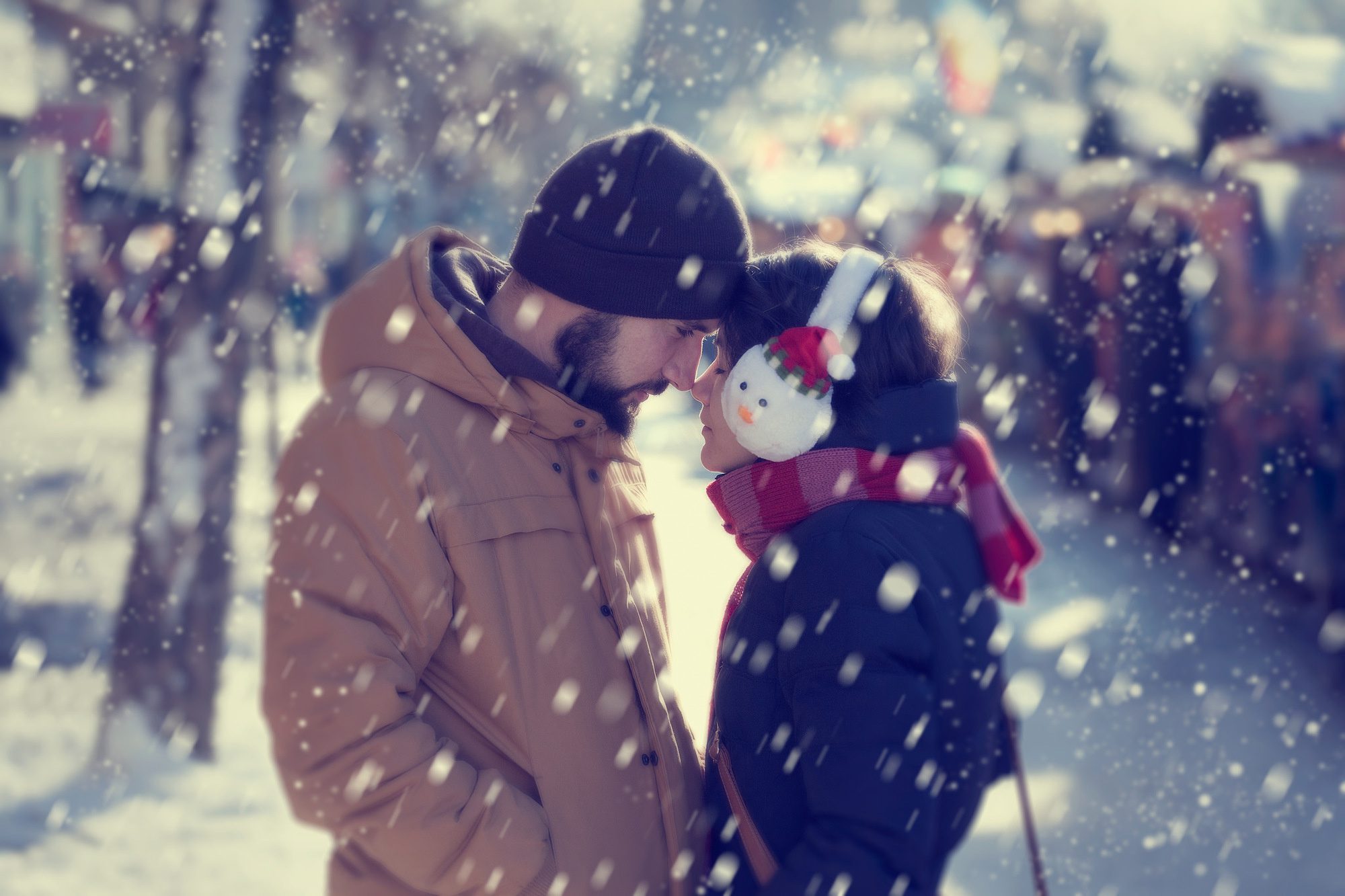
19. Christmas is a time of gifts, joy and goodwill. It’s also the busiest week for condom salesmen with more condoms sold in that one week than any other during the year!

20. For those who are looking for a novel way to escape the winter weather, it is possible to walk from Russia back home as an icy bridge forms between two islands that together form part of Alaska and Siberia.
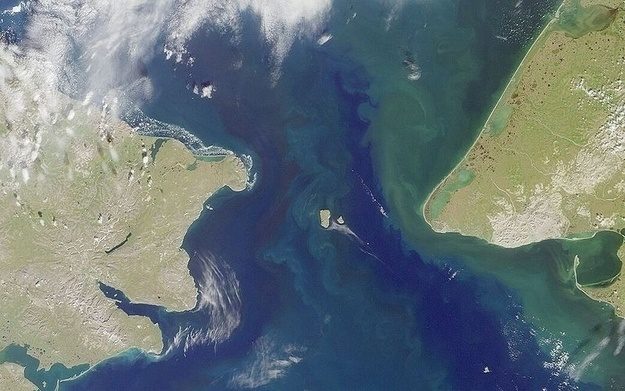
21. The world’s largest waterfalls is also the most unique. Niagara Falls can freeze in its entirety, as it does every 10-13 years!
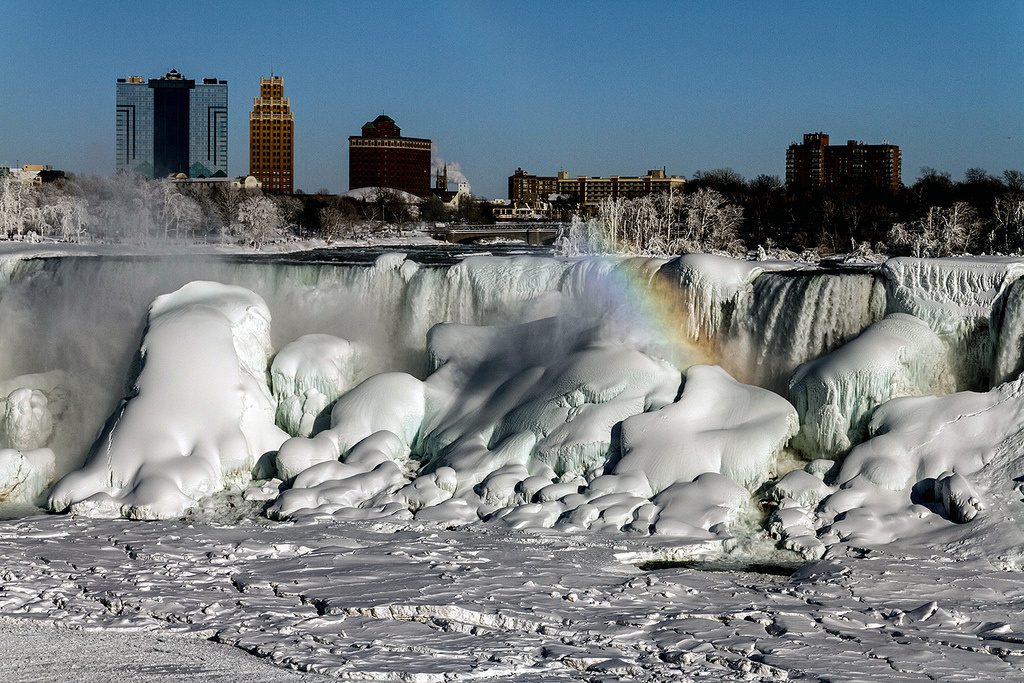
22. It’s well-known that temperature affects the environment, and this is especially true for tall structures. In Paris’ case during summer months as temperatures rise, so do its heights – sometimes by six inches! As such it’ll be about 12 feet shorter in winter than when it was originally constructed back in 1889.
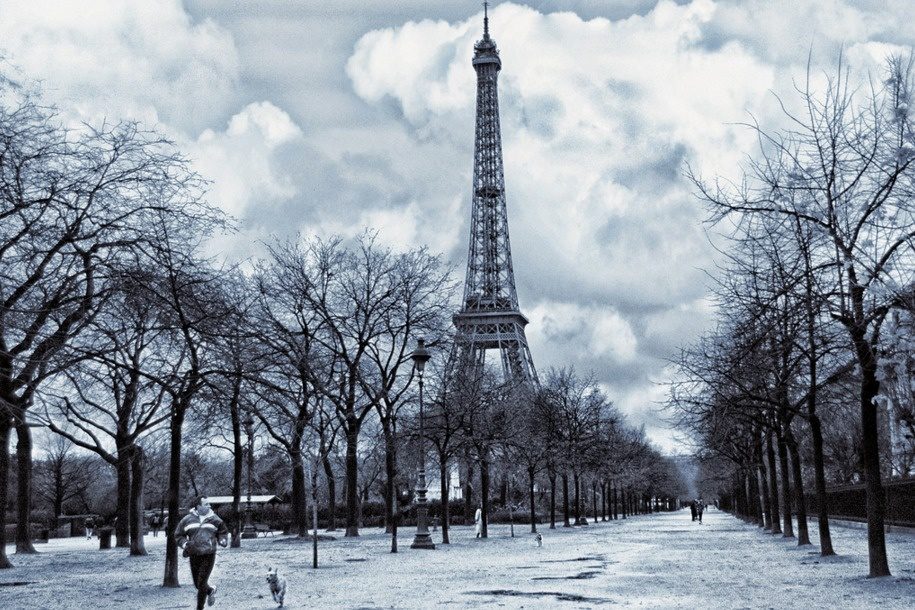
23. The Mourning Cloak butterfly is known to have antifreeze in its system, which makes it a hardy creature. The chemical substance allows the insect’s organs and tissues to resist freezing temperature when most other creatures would perish from such conditions.
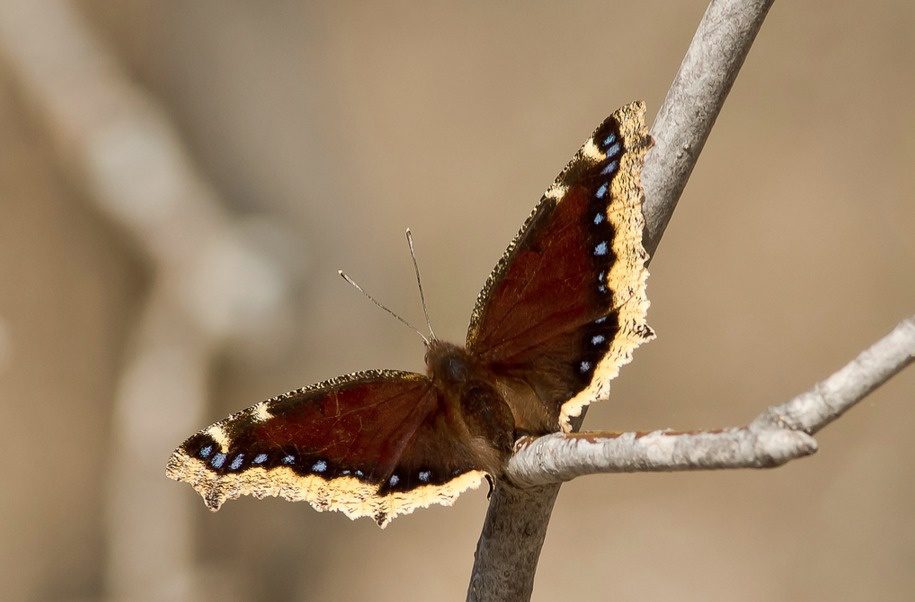
24. From blizzards to light powder, the United States has an average of 105 snowstorms in a typical year. They can last anywhere from 2-5 days and spread snow over several states during that time span.
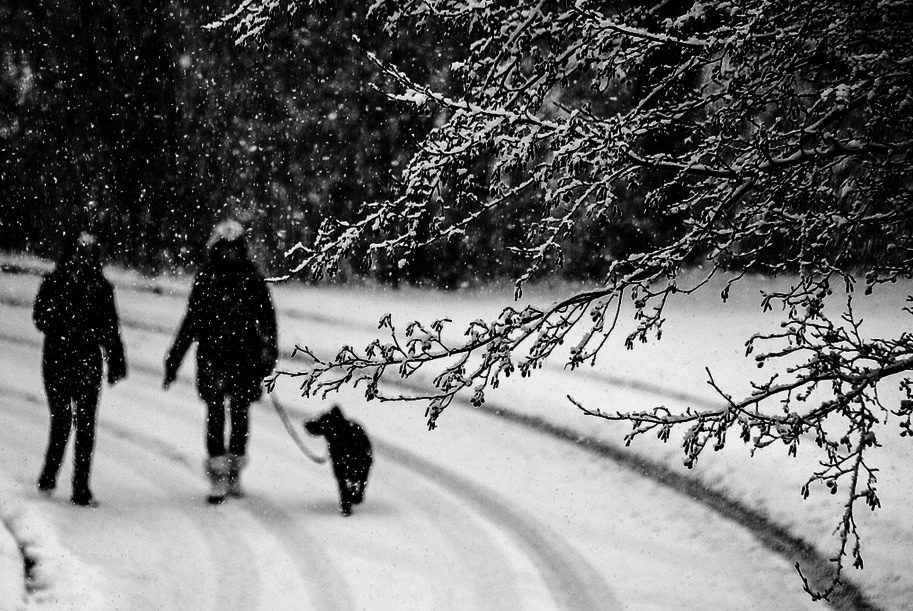
25. There’s a phenomenon called the winter solstice where Earth is closest to the sun in December even though it may be at its coldest.
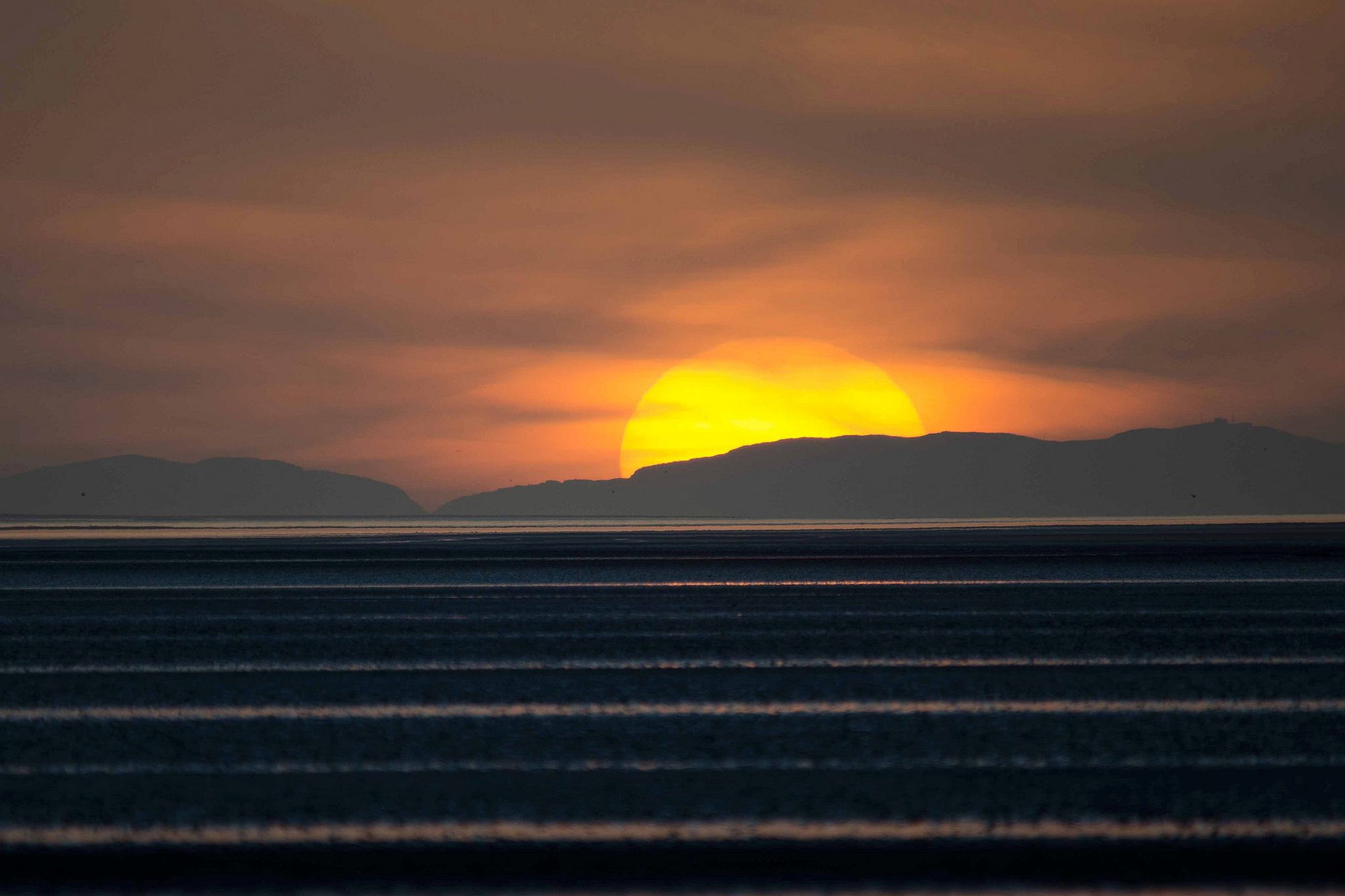
26. In the cold winter time, it is hard to get sexual activity going. Decreased body temperature and dulled sensations can make things a struggle in bed for both men and women.
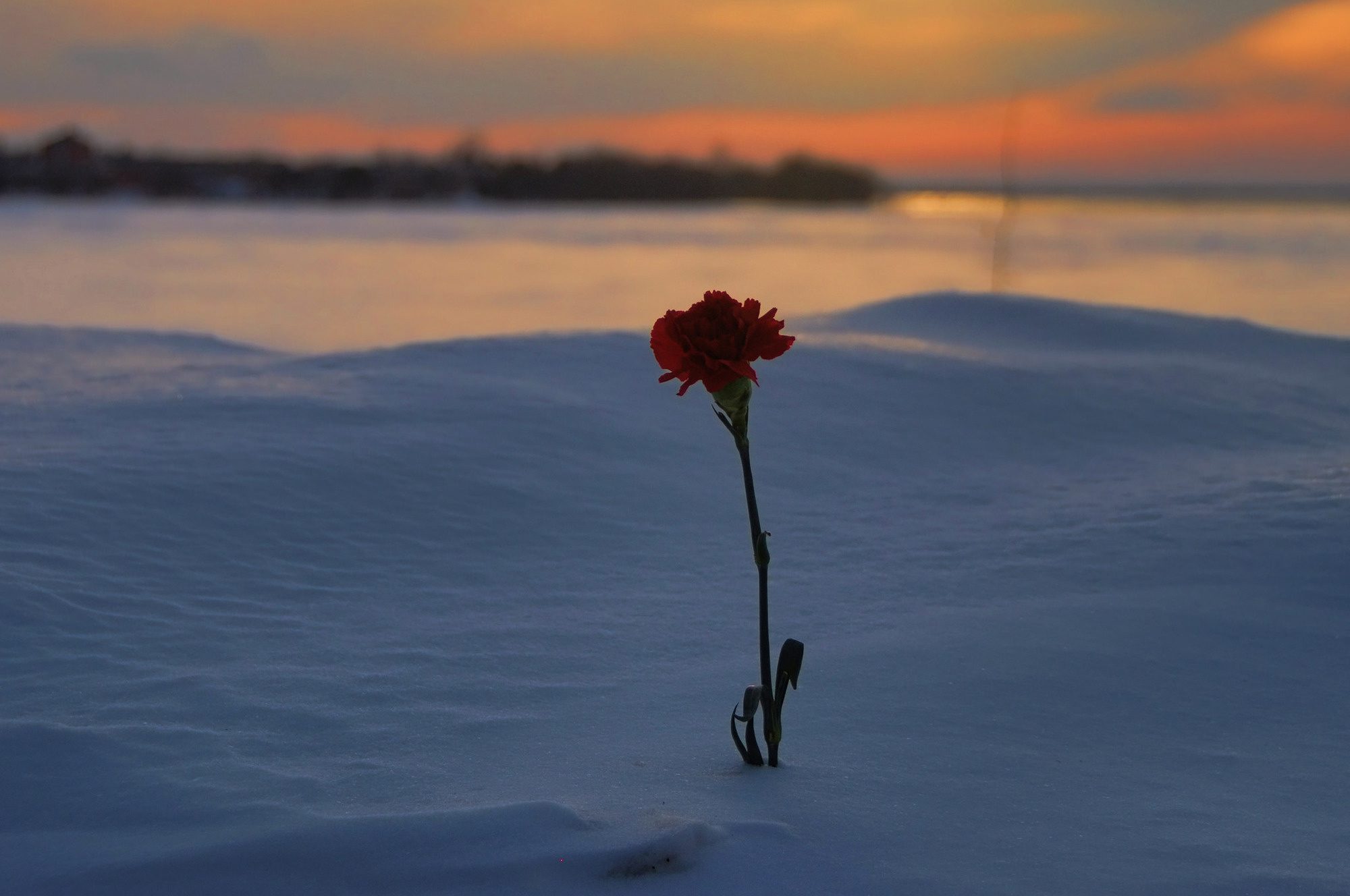
27. The Kwakiutl Indians believe that the dead can still influence their lives, and they change their names to protect themselves from these spirits during winter.
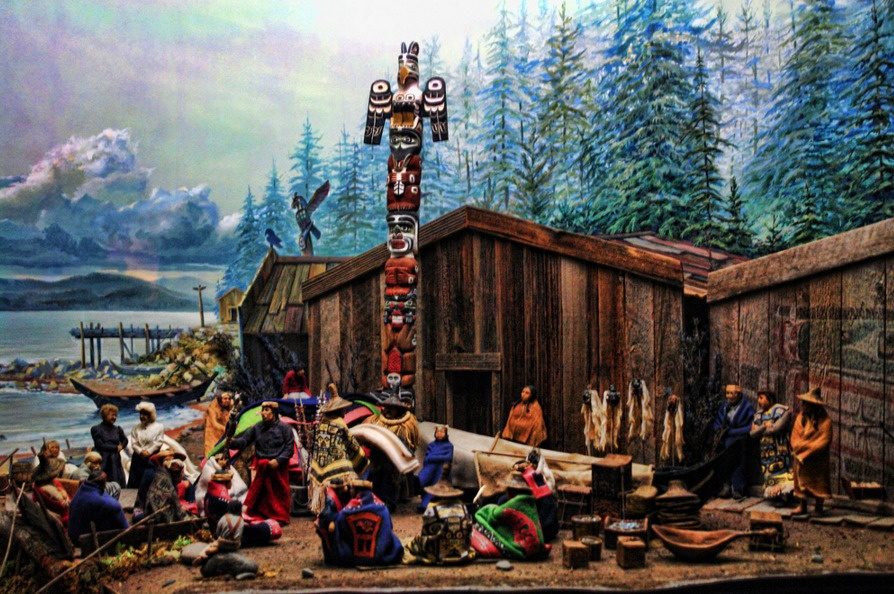
28. The winter solstice is the shortest day of the year, and it’s usually followed by weeks that are significantly colder than most other days during this time.
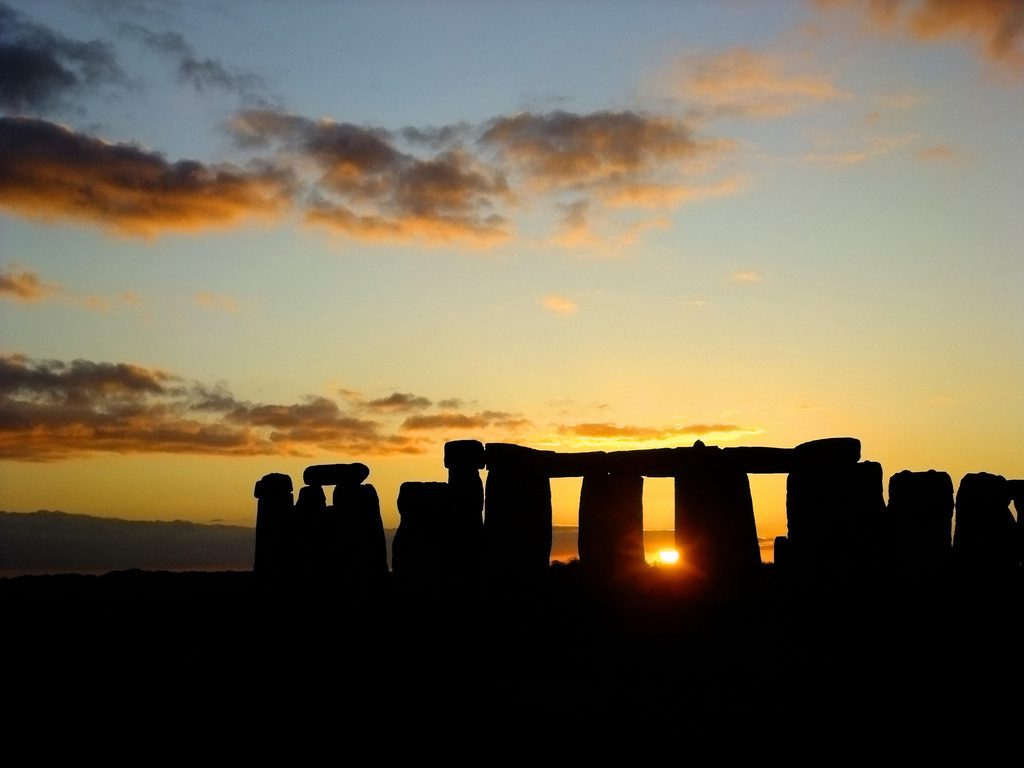
29. Russia’s Siberian region is the coldest place on earth, with temperatures routinely dropping below -96°F. The next closest to Russia in temperature are Canada and Mongolia which still hover around a whopping 24 degrees warmer than Siberia!
If you know someone who might like this, please click “Share”!
